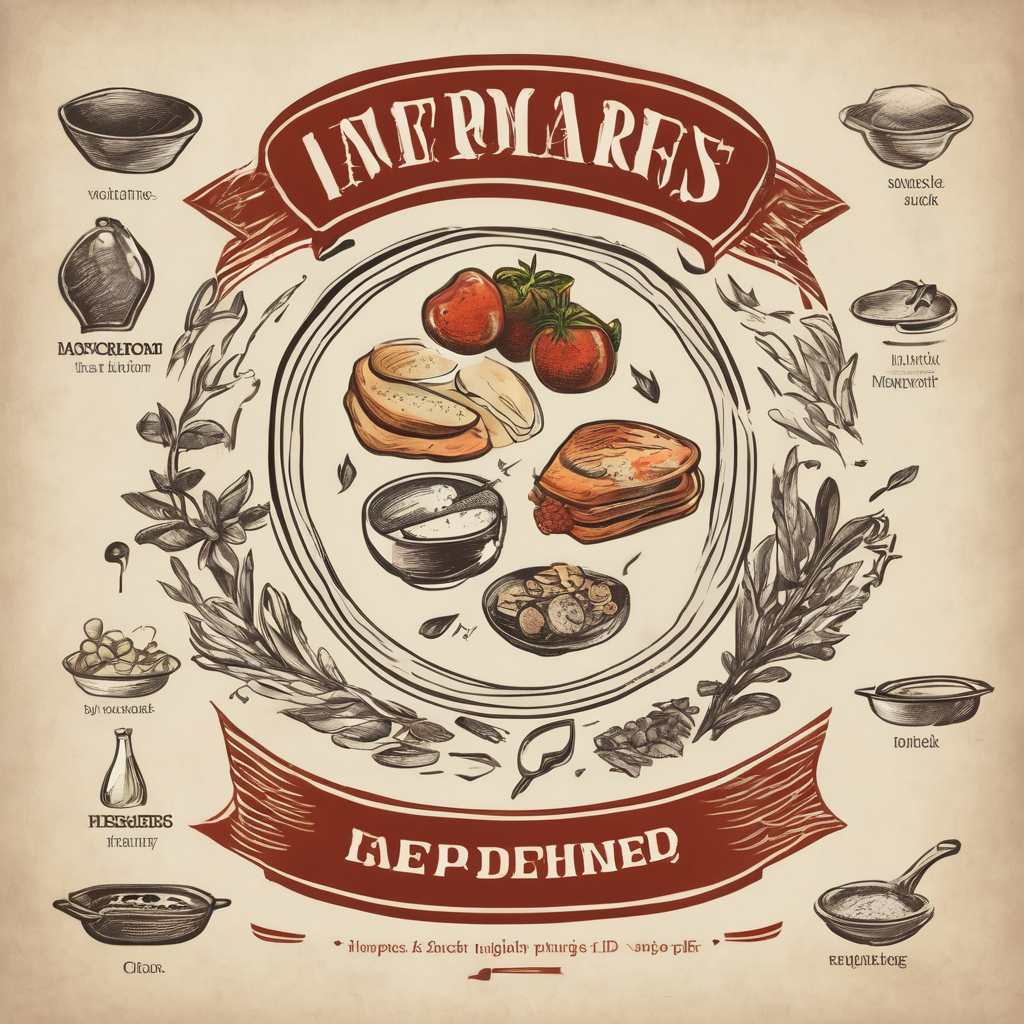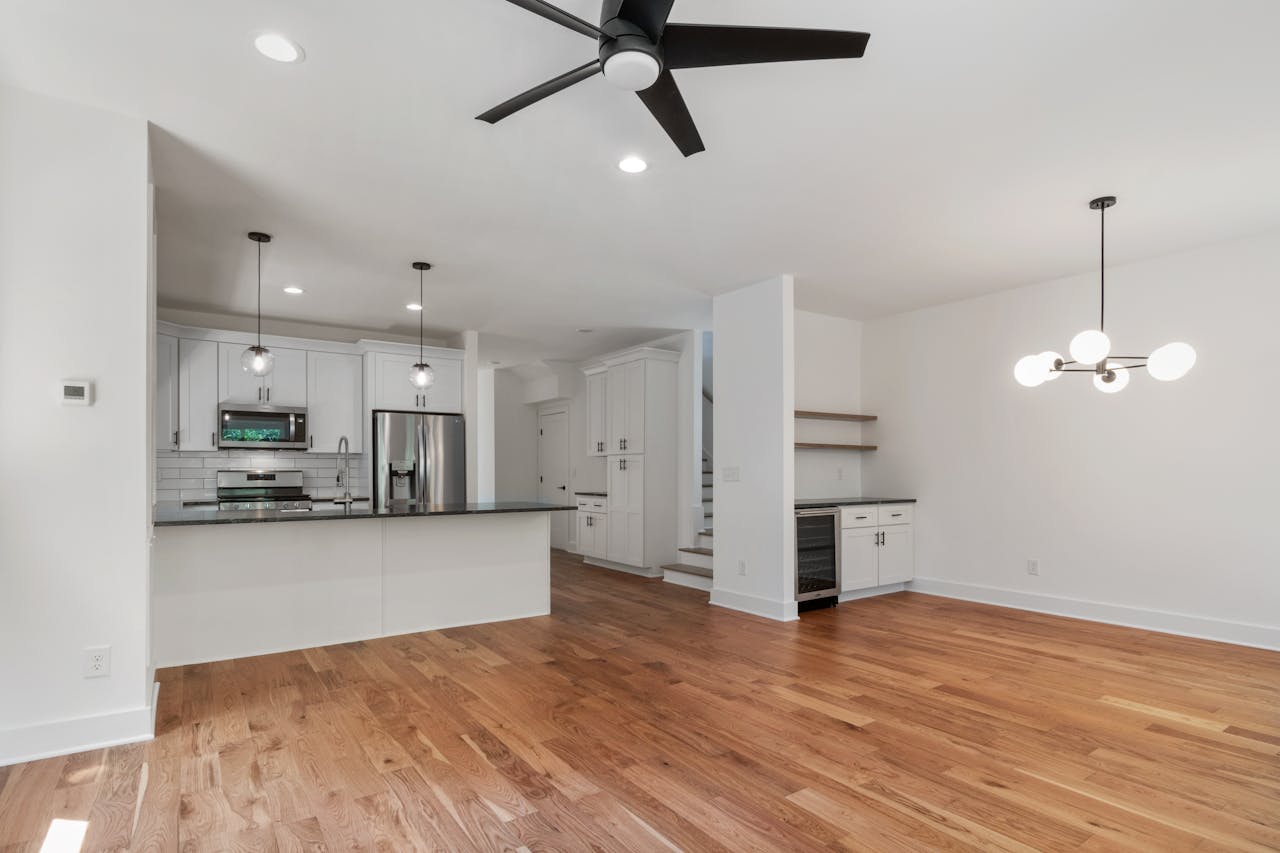The kitchen is the heart of your home. It’s where you prepare meals, host dinner parties, help kids with homework, and engage in meaningful conversations with loved ones. Given the significant role it plays, picking the right flooring for your kitchen is critical. Let’s consider some of the most durable, stylish and practical options popular in UK homes. Remember, we’ll not only look at the durability factor but also consider aesthetics, comfort, and cost-effectiveness.
Hardwood Floors: A Timeless Option
When it comes to durability and classic beauty, hardwood flooring tops many lists. Hardwood is a natural, long-lasting option known for its durability and timeless charm. It’s a great option for a high-traffic area like the kitchen.
In parallel : How can you organize your kitchen pantry using UK-sourced containers?
This flooring is incredibly resistant to wear and tear, with the ability to withstand the constant foot traffic, accidental spills, and occasional dropping of utensils. Beyond its strength, hardwood floors have a timeless appeal, with their warm tones and natural grain patterns seamlessly fitting into a variety of kitchen styles.
Despite the initial expense, hardwood floors can add significant value to your home, making them a good long-term investment. You can choose from various wood types, including oak, maple, and walnut, each offering a distinct aesthetic. However, remember to apply a high-quality finish to protect them against moisture and stains.
Also to see : How can you organize your kitchen pantry using UK-sourced containers?
Vinyl Flooring: A Budget-Friendly Choice
If you’re looking for a cost-effective and easy-to-maintain kitchen flooring option, then vinyl should be on your list. Vinyl floors provide a cheaper alternative to hardwood floors without compromising durability or style.
High-quality vinyl flooring is water-resistant, making it ideal for kitchens. It also withstands heavy traffic and is comfortable underfoot, making it a practical choice for those who spend a lot of time cooking or baking. What’s more, vinyl floors are available in a wide range of styles, including designs that mimic the look of natural stone or wood, giving you the flexibility to match your kitchen’s aesthetic.
Vinyl flooring is also a champion in terms of installation and maintenance. Its installation is straightforward, and it only requires regular sweeping or vacuuming to keep it clean. However, it’s worth noting that vinyl flooring is not as resistant to heat or sharp objects as other materials.
Stone Tiles: An Elegant and Durable Selection
For those aspiring for a luxurious and high-end look, stone tiles are your best bet. They offer a combination of robustness and elegance unmatched by any other material.
Stone tiles like granite, slate, or marble are incredibly durable, with high resistance to scratches and stains – perfect if you have a busy kitchen. These tiles handle moisture well, making them suitable for spill-prone areas. Another advantage of stone tiles is their unique aesthetic, each tile offering a different pattern, ensuring that your kitchen floor will be truly one-of-a-kind.
However, stone tiles can be a bit pricier than other options and require professional installation. They can also feel hard and cold underfoot, so you might want to couple them with underfloor heating for added comfort.
Porcelain Tiles: A Versatile and Durable Option
Porcelain tiles are another popular choice for kitchen flooring due to their high durability and wide range of designs. They are one of the densest and most durable types of tile flooring.
Porcelain tiles are resistant to heavy foot traffic, stains, and water, making them perfect for kitchens. They’re available in various styles, from classic to modern, and can mimic the look of natural materials like wood or stone, giving you a broad spectrum of design possibilities.
Despite its many advantages, porcelain flooring comes with a few caveats. First, it can be quite cold and hard underfoot, making it uncomfortable for long periods of standing. Secondly, the installation process can be tricky and is best left to professionals.
Laminate Flooring: A Practical Solution
Laminate flooring is another contender for the best kitchen flooring option, thanks to its durability and varied design options. It’s a synthetic flooring product, composed of several layers fused together through a lamination process.
Laminate floors can withstand a lot of wear and tear, making them ideal for a busy kitchen. They’re also resistant to stains and relatively easy to clean. From a design perspective, laminate floors come in a vast array of styles and colours, with many designed to look like natural wood or stone.
However, laminate flooring can be slippery when wet, so it’s crucial to clean spills immediately. In addition, unlike hardwood or stone tiles, it can’t be refinished if it gets scratched or damaged. But overall, its benefits make it a solid choice for many homeowners.
Engineered Wood: The Middle Ground Option
When it comes to kitchen flooring, engineered wood flooring is a popular choice that finds a middle ground between hardwood and laminate flooring. Engineered wood flooring consists of a real hardwood veneer attached to a layer (or multiple layers) of ply plank. This construction gives it the look and feel of real wood with an added level of durability.
Engineered wood flooring’s layered structure gives it excellent stability. This stability enables it to resist changes in temperature and humidity better than solid wood, making it a suitable option for the kitchen environment. The top veneer of real wood can be sanded and refinished if it becomes worn or damaged, improving its lifespan.
From an aesthetic perspective, engineered wood offers the same rich, warm look and feel as solid wood. It comes in a variety of wood species, colours, and finishes, granting you the flexibility to tailor your kitchen floor to your specific taste. It’s also more comfortable underfoot compared to stone or ceramic tiles, providing a softer surface for long cooking sessions.
However, engineered wood flooring is not as moisture-resistant as vinyl or tile, meaning spills need to be cleaned up promptly to prevent damage. Its installation can be somewhat complicated, often requiring professional help. While it’s generally cheaper than solid hardwood, it’s more expensive than laminate or vinyl flooring. Taking these factors into account, engineered wood strikes a balance between the luxury of hardwood and the practicality of laminate flooring.
Concrete Flooring: The Modern and Industrial Choice
For those interested in a modern, industrial aesthetic for their kitchen, concrete flooring is a top contender. Concrete floors have seen a surge in popularity in recent years, primarily due to their robust durability and sleek, contemporary look.
Concrete is virtually indestructible, making it perfect for high-traffic areas like the kitchen. It’s resistant to water, stains, and heat, and it doesn’t scratch easily. This durability means that a well-installed and properly maintained concrete floor can last for decades.
From a design standpoint, concrete flooring offers a clean, minimalist aesthetic that pairs well with modern or industrial kitchen design. It can be stained, painted, or polished to achieve a range of finishes, from a matte industrial look to a high-gloss polished finish. The versatility of concrete allows it to mimic other flooring materials, including natural stone or hardwood.
Despite its many benefits, concrete flooring is not without its drawbacks. It’s hard and cold underfoot, so you might want to integrate underfloor heating for added comfort. It can also be slippery when wet, so care needs to be taken to clean up spills immediately.
Conclusion
Choosing the right kitchen flooring is a balance between practicality, durability, and aesthetics. It’s important to consider not just the look of the material, but also its ability to withstand the rigours of kitchen use. From the classic appeal of hardwood and the practicality of vinyl, to the elegance of stone tiles and the modern aesthetic of concrete, each option has its strengths and considerations.
Whether you’re renovating your kitchen or building a new one, remember to consider your lifestyle, budget, and personal taste when choosing your flooring. Your kitchen is a reflection of you, and the right flooring can turn it into a space you’ll love for years to come.






